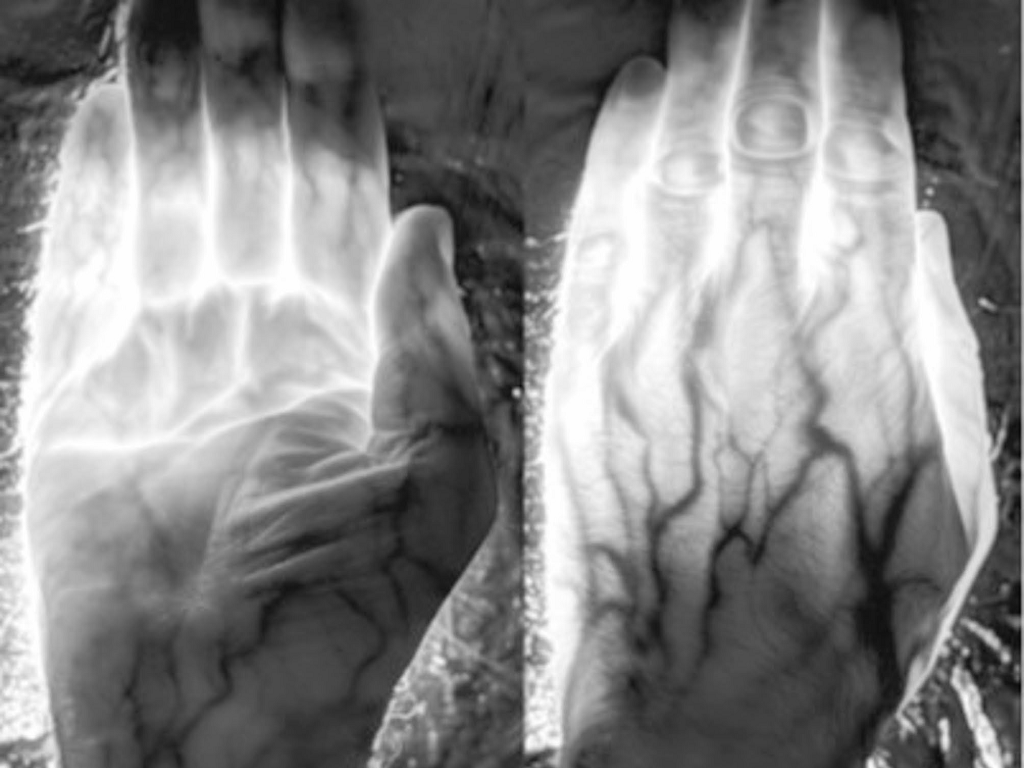
thin compared with the thorax it was possible to map the spectrum here against known biological absorbers.
The images clearly show that deoxygenated blood is a key absorber. Also, bone can not be seen and hence is
relatively transparent at these longer wavelengths. Source: Jeffery et al., Scientific Reports, 2025.
In this podcast, we explore how some infrared wavelengths of sunlight can penetrate the human body – even through clothing – and have a systemic positive impact on physiological functions. Sounds like something out of science fiction, but a recent article published in Scientific Reports has demonstrated this effect in humans.
In this study, exposing the torsos of human participants to 830–860nm infrared light was found to boost mitochondrial function and ATP production. There were notable improvements in vision, despite the eyes being shielded from the infrared light. If infrared light is indeed beneficial, what does this mean for our current way of life, indoors and illuminated by LED lights – which notably lack infrared light?

